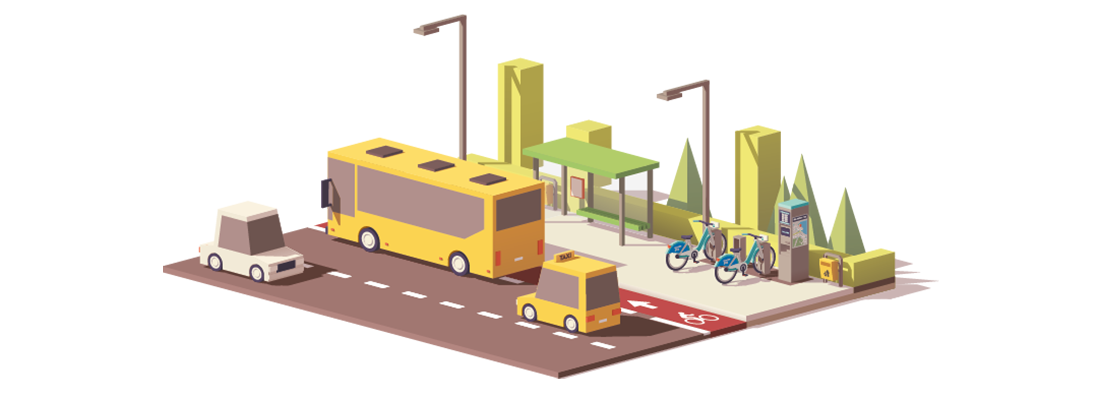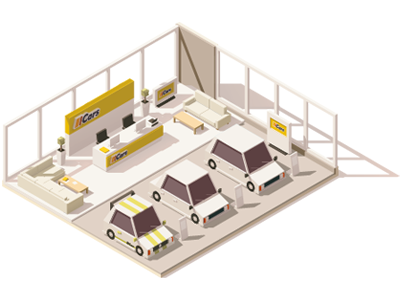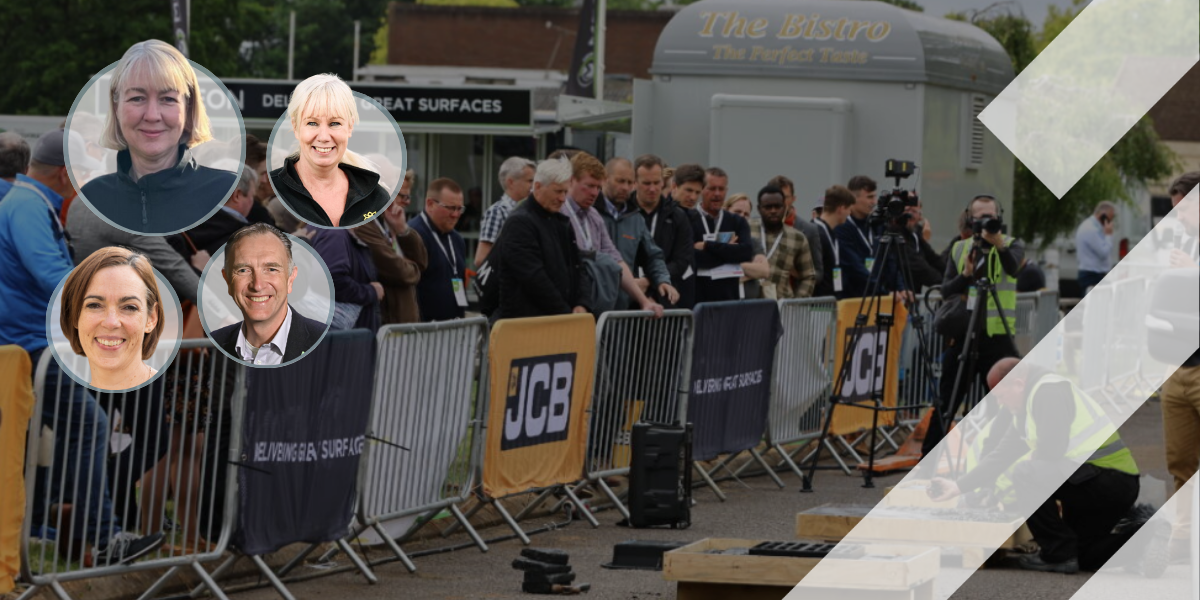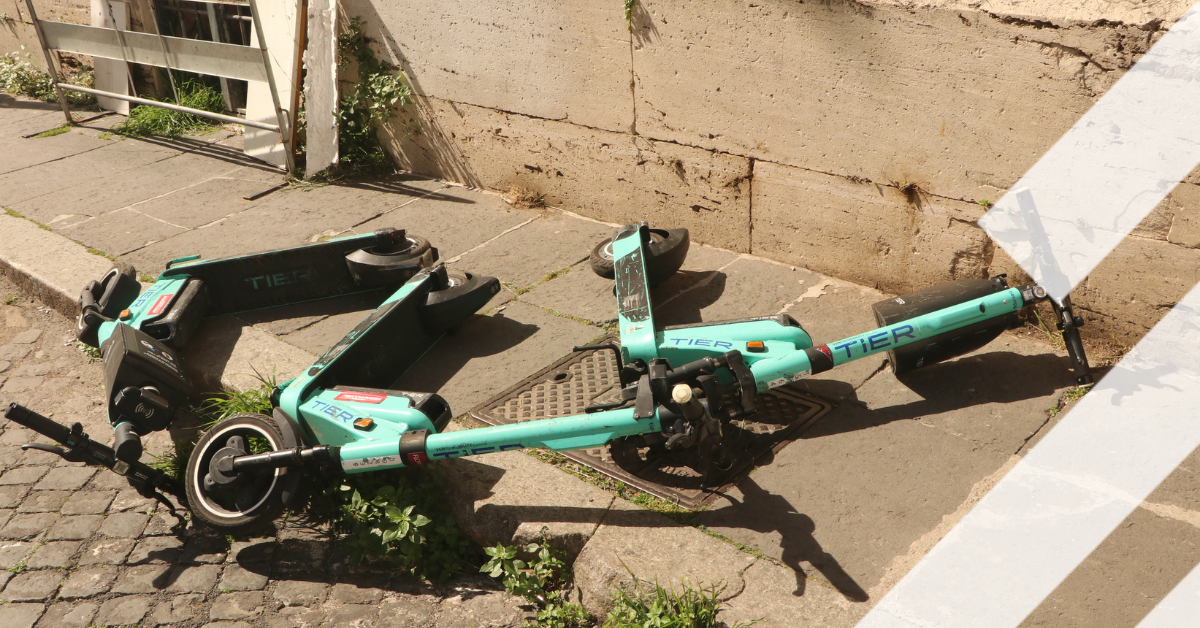Journeys around – and between – cities have traditionally been thought of in terms of single modes. Are you taking the train, or driving? But now the ambition is to link everything, including ticketing, together. How can such a dream be fully realized?
Mobility as a Service (MaaS) is a concept that could change the way we travel from A to B – but it also looks set to inspire an awful lot of wrangling before we get there.
MaaS is the integration of various forms of transportation services into a single mobility service that’s accessible on demand. A MaaS operator can facilitate a diverse menu of mobility options: public transportation, ride, car or bike-sharing, taxi or car rental. For the user, MaaS can offer a single app to access mobility, with a single payment channel instead of multiple ticketing and payment operations. In the words of Piia Karjalainen, senior manager for clean and urban mobility at the Brussels-based MaaS Alliance, “For its users, MaaS should be the best-value proposition, by helping them meet their mobility needs, and address the inconvenient parts of individual journeys as well as the entire system of mobility services.”

The concept is broad and the service can be used in myriad ways. The Alliance believes a successful MaaS solution offers new ways to organize and operate the various transportation options, with advantages for transportation operators including access to improved user and demand information and new opportunities to serve unmet demand.
“The aim of MaaS is to provide an alternative to private cars that is as convenient and more sustainable,” continues Karjalainen. “It can help to reduce congestion and constraints in transportation capacity, and it can even be cheaper than traditional modes.”
However it’s the use of the word ‘car’ that is cause for debate within the transportation industry. Let’s go back to the beginning…
Thinking big
“We need to decide what MaaS is, because that’s incredibly important,” says Jack Opiola, joint founder of the USA-based MaaS Association. “It’s a new idea, but like all new ideas it’s based on what’s gone before. We have ‘intelligent transportation systems’ dating back to the late 1980s that involved intelligent devices giving us what I prefer to call ‘integrated transportation systems’. The intelligence isn’t readily apparent. If you sit at a traffic signal, you don’t see the loops and cameras giving feedback to a system that controls the lights. You see what you’ve always seen: a queue of traffic waiting and the lights turning red just as you’re about to go through them.

“The term I get excited about is ‘mobility’,” Opiola adds. “It’s a much bigger term than transportation and it gets us away from increasingly small details like traffic signals by saying that the issue is about getting from A to B. Whether that’s better by using cars, trains, planes, bikes or paths, it focuses on the whole journey, not segments of the journey. It’s a real breakthrough to analyze all modes of transportation – going from A to B, or chaining together ways of getting from A to B.”
The other key word, of course, is ‘service’. “It’s an all-encompassing term,” says Opiola. “If I want to get from London to Manchester, or Washington DC to New York City, I still have to get to Euston Station and I still have to get to Dulles International Airport. And then I have to get from Manchester Victoria or La Guardia to my hotel. My start and end points are not a railway station or airport. The total journey is door to door and we haven’t looked at it that way because it’s too big a job. It’s too complex. So we concentrate on segments. MaaS – the mobility and the service – changes that.”
The debate between the Alliance in Europe and the Association in the USA is essentially about what constitutes MaaS.

Mixed messages
“The goal of MaaS is that the end user will have freedom of choice,” says Karjalainen. “If they want a car they should have one, but we do want to enable a new form of urban lifestyle as well. If we can create public transportation on demand, it might help to change people’s thinking – they might be happier to use public transportation if it becomes more efficient, and public transportation being a more sustainable form of mobility is important, too.”
There’s a catch. “I’m surprised by this statement,” says Opiola. “I’ve been in several conferences in which the stated message was, as the MaaS Alliance says, ‘The aim of MaaS is to provide an alternative to the use of the private car.’ But mobility is greater than just public transportation. It encompasses the efficiency, quality and reliability of the entire journey. Many of my peers, who are pioneers of MaaS, say the car is bad and public transportation is good. That’s the green argument. But the car is the pinnacle of evolution in the transportation sphere because it brings everything down to the individual. It’s flexible – you can leave when you want to leave – and comfortable. It offers varied, dynamic routing around incidents and accidents, so it’s more timely and more personal than public transportation.
“There are different visions of MaaS and different interpretations around the world. In Europe, that means thinking green and rethinking the cost of actually owning a car. But the decision to own a car is about more than just a commute – it’s about evenings, weekends and vacations.”
Karjalainen disputes the fact that Europe is leading the drive away from private car ownership. “If you look at global market research, MaaS is in many ways being steered by China. It’s very strong over there because the size of the population means there are big volumes of people relying on shared mobility. They are committed to connecting all transportation modes. We in Europe are not far behind, though, and the market is expected to grow by 3% year-on-year.”

“I’d agree about China,” says Tim McGuckin, co-founder of the MaaS Association with Opiola. “Leading the way globally will be a place with severe congestion, where decisions about vehicle ownership are top down – implying a federal system with power concentrated at the state level – and where the ability to deploy MaaS isn’t dependent on making a profit. It also requires access to data from technologically connected citizens who have a good degree of trust in, and acceptance of, government initiatives.”
China’s biggest cities are Shanghai, with 34 million people, Guangzhou with 25 million, Beijing with 24.9 million, and Shenzhen with 23.3 million. “They swamp the largest in the West – New York and London – which have about 8.5 million people each,” says McGuckin. “China has a top-down political system; it’s severely congested and polluted; it can’t accommodate more vehicles; and its citizens are connected. It meets the criteria.”
The MaaS revolution
Yet a recent study by Juniper Research claims MaaS will replace 2.3 billion car journeys annually by 2023, compared with 17.6 million in 2018, and that Western Europe will lead the adoption of MaaS, which will account for 83% of global trips in 2023. Opiola adds that the impact of MaaS in Europe may be to suppress car trips in major cities by up to 25% by 2023. “This number is staggering – bear in mind that even the most aggressive congestion charging schemes around the world – London, Singapore, Stockholm – consider 15-18% suppression of demand a great number,” he says.
“MaaS is a wonderful concept and it includes walking and cycling, but I also want to travel in a safe, comfortable and reliable manner. Otherwise, what have we been doing for the past 100 years?” Opiola adds. “The bus doesn’t leave when you want it to leave, it doesn’t run on time, and you’re squeezed in alongside other people taking completely different journeys. We do have the ability to personalize the service, through journey planning, auto ticketing and routing systems. But there’s a choice of travel modes and if we’re going to make the step change from transportation to mobility, there’s no other way than to include all modes.

“MaaS complements existing demand-management measures such as congestion, environmental charging, road usage charging and tolling,” he adds. “The ability to constantly adapt a journey to real-time conditions may result in more multimodal trips, especially in locations where there’s greater modal choice. Low-occupancy private vehicle trips will be reduced, thereby saving vehicle miles traveled and reducing congestion and pollution on urban streets and corridors. But it’s up to the individual to decide based on their personal preferences and the options available to them. We need to attack congestion with mitigation and road management methods, not by making it an environmental issue or a MaaS issue. It’s not a silver bullet.”
Perhaps the final word should go to McGuckin, who offers hope for the future: “I would say that neither MaaS Alliance nor MaaS Association is pro or anti any mode of transportation. It’s paramount that we agree on the importance of MaaS, but how we get there or what fits best for the EU, USA and China may vary based on our cultural, political and regional differences and needs. We all see MaaS differently through those lenses, but we’re all dedicated to making it work.”










